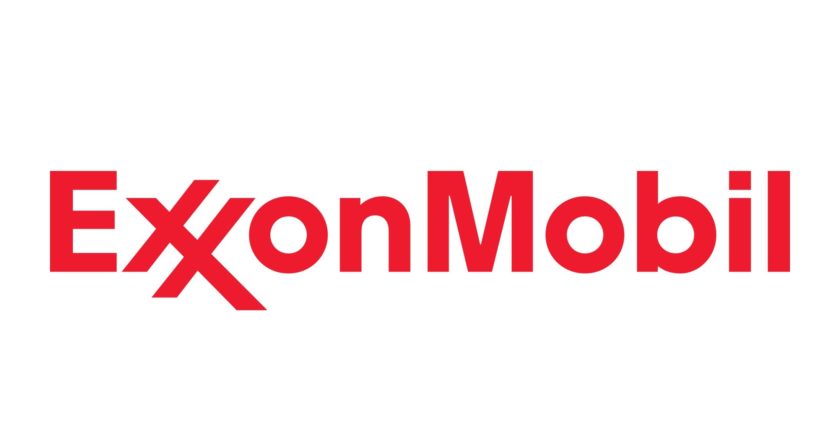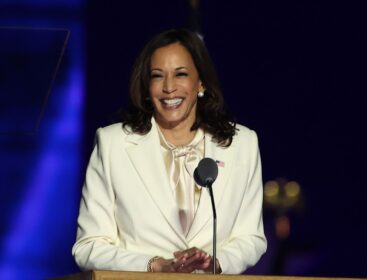Exxon Mobil Projects Strong Oil Demand Through 2050, Exceeding BP’s Forecast
Exxon Mobil anticipates global crude demand to remain above 100 million barrels per day through 2050, supporting its ambitious production plans, while contrasting with BP’s more conservative outlook.
Bollywood Fever: Exxon Mobil announced on Monday that it expects global crude demand to remain robust, staying above 100 million barrels per day (bpd) through 2050, a projection significantly higher than its European counterpart BP.
This optimistic forecast underscores Exxon’s aggressive production growth strategy, which is among the most ambitious of any Western oil major.
Notably, the company did not provide a 2050 demand figure in its previous outlook released in 2023.
Exxon’s latest global oil outlook also offers a more cautious view on the timeline for global carbon emissions reductions compared to BP.

While BP anticipates technological advancements to drive emissions reductions by the middle of this decade, Exxon foresees these advancements having a more significant impact starting in 2029.
This year, Exxon plans to produce 4.3 million barrels of oil and gas per day, marking a 30% increase over Chevron’s current output, the company’s top U.S. competitor.
In contrast, BP is aiming to reduce its production to about 2 million barrels per day by 2030. “Oil and gas demand have a very, very long runway and will continue to grow over the next few years,” said Chris Birdsall, Exxon’s Director of Economics, Energy, and Strategic Planning, in an interview with Reuters.
Exxon also estimates that the rise of electric vehicles (EVs) will not significantly diminish long-term global oil demand, as the global population is projected to grow from 8 billion today to nearly 10 billion by 2050, further driving energy demand.
According to Exxon, even if every new car sold by 2035 were electric, global crude oil demand would still reach 85 million bpd, equivalent to levels seen in 2010.
In contrast, BP projects that oil consumption will peak in 2025 and decline to 75 million bpd by 2050.
Exxon’s estimates starkly contrast with the International Energy Agency’s (IEA) projection, which suggests that global crude demand should fall to 24 million bpd by 2050 to achieve net-zero emissions.
However, Exxon predicts that 67% of the global energy mix in 2050 will still be supplied by oil, natural gas, and coal, only slightly down from 68% last year.
The company also highlighted the need for increased investments in oil, beyond what is currently anticipated, to meet future energy demands.
Exxon noted that unconventional resources, such as U.S. shale, have shorter production lifespans and more pronounced natural declines.
Without new investments, Exxon projects that global output could decrease by about 15% per year—a decline rate nearly double the IEA’s 2018 estimate of 8% per year.
This steep decline could lead to a significant spike in oil prices, potentially causing them to quintuple, with global supply plummeting to just 30 million bpd as early as 2030, according to Birdsall.
“Global oil and natural gas supplies would virtually disappear without continued investments,” he emphasized. “The biggest reason for the change is the shift to more short-cycle unconventional assets.”
Also Read other news articles, Bitcoin Hashrate Surges as Difficulty Expected to Reach New Highs by Aug. 28
Thai Authorities Raid Illegal Bitcoin Mining Operation in Ratchaburi Amid Power Outage Complaints
Stablecoin Market Cap Hits All-Time High Amid Growing Institutional Interest












